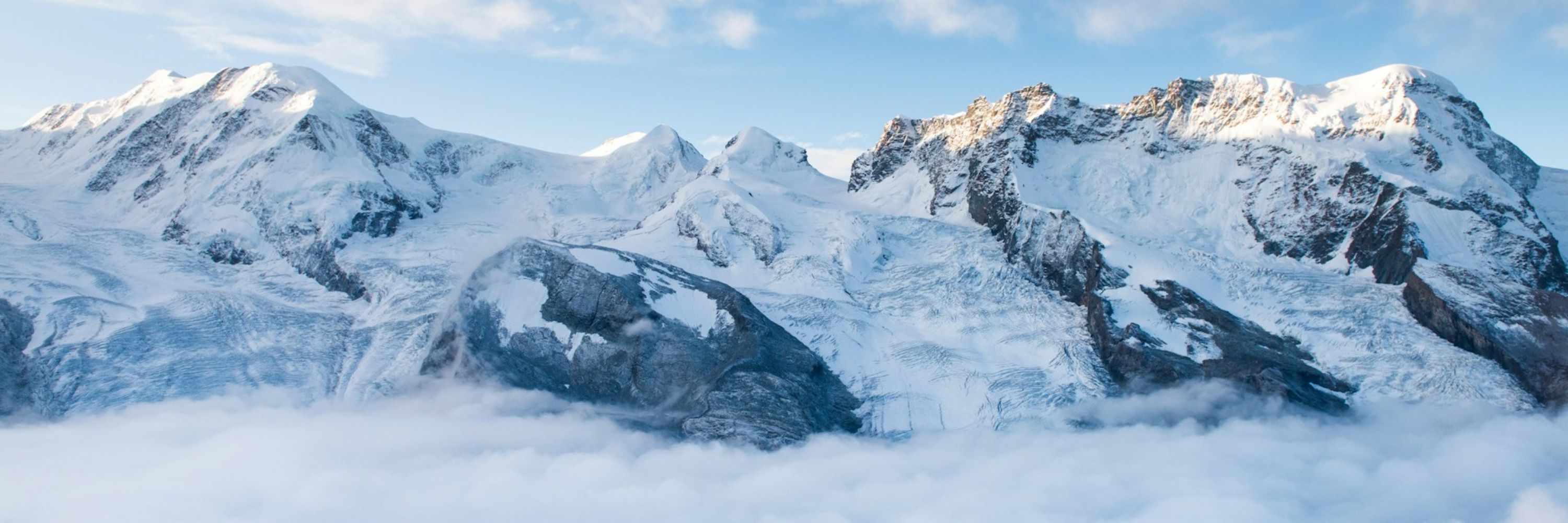
Glacierwatch
@glacierwatch.bsky.social
190 followers
170 following
590 posts
We present accessible information about Europe's glaciers and how the climate crisis impacts them.
Posts
Media
Videos
Starter Packs
Glacierwatch
@glacierwatch.bsky.social
· Sep 14
Glacierwatch
@glacierwatch.bsky.social
· Sep 14
Glacierwatch
@glacierwatch.bsky.social
· Sep 14
Glacierwatch
@glacierwatch.bsky.social
· Sep 14
Glacierwatch
@glacierwatch.bsky.social
· Sep 14
Glacierwatch
@glacierwatch.bsky.social
· Sep 14
Glacierwatch
@glacierwatch.bsky.social
· Sep 14
Reposted by Glacierwatch














